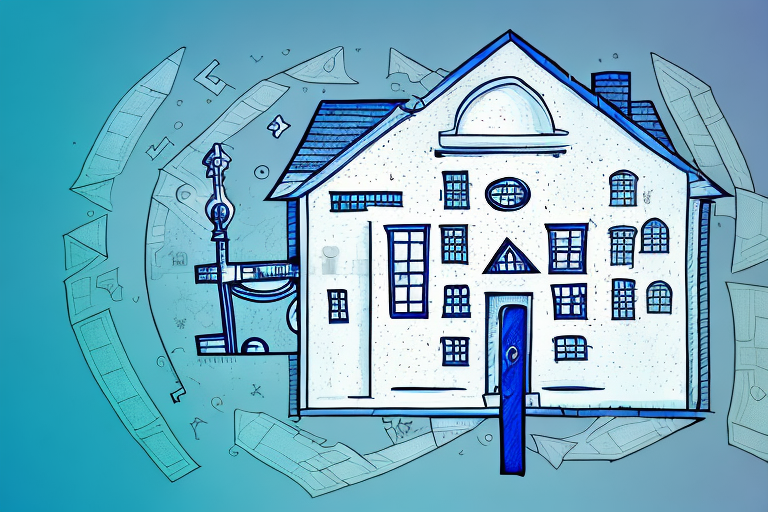
Melbourne real estate has been hit from pillar to post over the past few years thanks to a combination of COVID-era lockdowns, tax hikes, and changes to legislation.
While other cities have been seeing prices rise, Melbourne property has been stagnating. However, a leading economist thinks it presents an opportunity.
AMP Chief Economist Shane Oliver believes Melbourne’s extended period of underperformance has set the stage for a stronger rebound compared to other major cities.
“It may take several rate cuts to fire up Melbourne’s house prices, but when it occurs, it could come back with greater strength than what we’re likely to see in Brisbane and Adelaide, and quite possibly Perth, depending on what happens with commodity prices,” Oliver said.
The timing of Melbourne’s recovery remains uncertain, with home values continuing to decline and interest rate cuts not expected until mid-2025 due to persistent inflation.
CoreLogic data shows Melbourne home values fell 0.6 per cent over the past three months. One of the factors contributing to the soft market is the increased number of listings, which is currently 17 per cent higher than this time last year.
According to CoreLogic, while values across Melbourne are still declining, the market appears to be stabilising rather than experiencing a sharp downturn.
Melbourne’s prolonged underperformance is very clear when compared to the other major capitals. Home values in Melbourne are now 33.1 per cent lower than Sydney, the widest gap since October 2000. For the first time in 30 years, Melbourne dwelling values are also 8.8 per cent cheaper than Brisbane.
The city’s property values have fallen 10.8 per cent below the combined capital city benchmark, reaching the lowest point since 2007. Even the far smaller cities of Perth and Adelaide are now closing in on Melbourne’s price levels, with Perth just 3.4 per cent away and Adelaide needing only a 2 per cent increase to surpass Melbourne.
CoreLogic said that Melbourne’s undervalued housing market could become increasingly attractive to investors compared to other capital cities.
They said that with housing being more affordable, and with rents rising and pushing up yields along with the potential for capital growth, investors would start taking note.
The market is already seeing increased activity from first-home buyers over the past 12 months, suggesting a growing interest in Melbourne and the more affordable end of the market.
Oliver predicts that affordability will continue to decline in Adelaide, Brisbane, and Perth as prices climb higher throughout the year. This could eventually lead to reduced incentives for interstate buyers to move to these capitals.
“Brisbane, Adelaide and Perth could remain strong for a little bit longer, but eventually the affordability constraints would start to bite and there would be less incentive for interstate buyers to move into these capitals,” Oliver said.
There are certainly challenges for Melbourne investors, but with a vacancy rate of only 1.3% and weekly rents rising nearly 10% in the last 12 months, the rental market is tight, and properties are in high demand, giving investors cash flow.
While the entire state is projected to see the population grow considerably by 2051 and has repeatedly performed strongly on the world stage as one of the most liveable cities, this might be a time that investors can dig in for the long term.
If you want to learn more or are considering buying property, seek advice from a buyers agency in Melbourne that provides local expertise through qualified Melbourne buyers agents.







